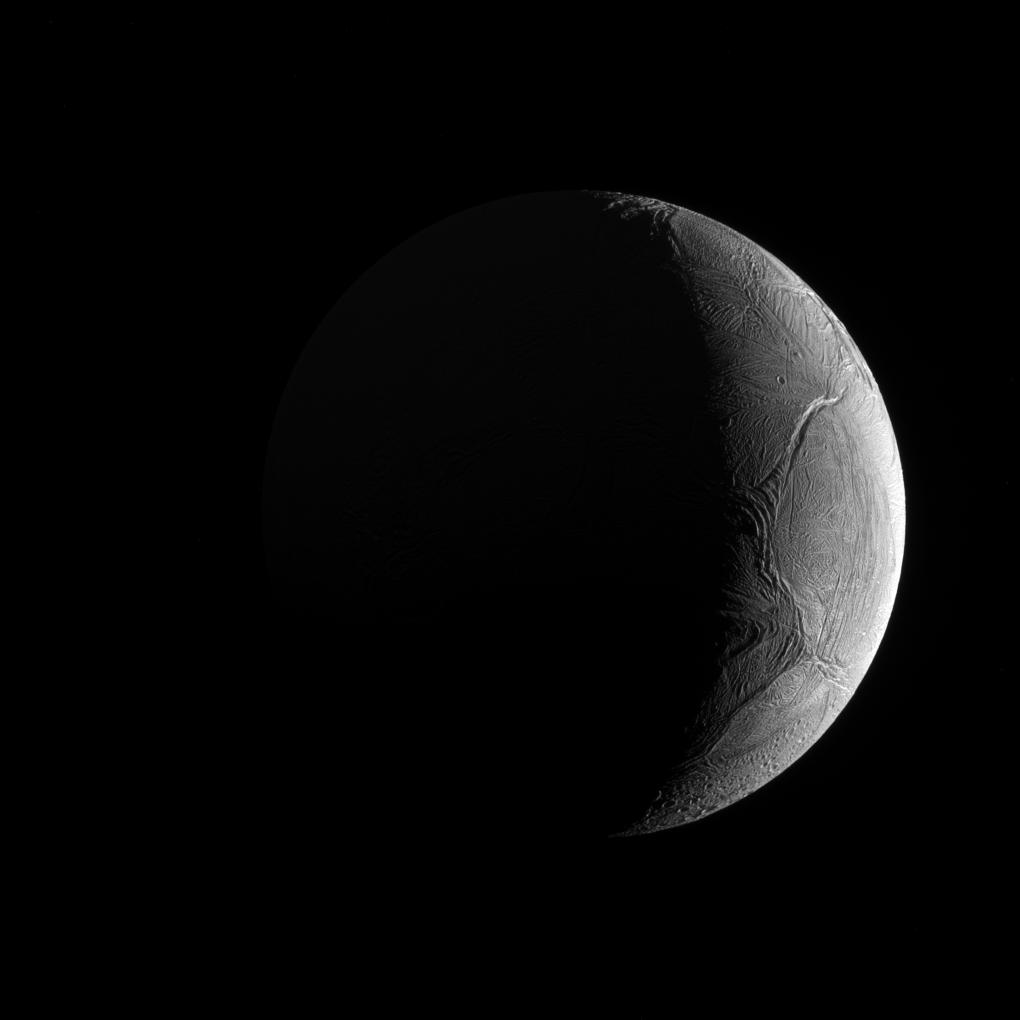惠更斯号拍摄的土卫六泰坦表面
A strange orange landscape is shown. What appears to be light and dark orange rocks are strewn about. The landscape appears roughly flat all the way out to the orange sky and horizon. Please see the explanation for more detailed information.
画面呈现出一片奇特的橙色地貌。看似浅橙色和深橙色的岩石散落在各处。地貌大致平坦,一直延伸到橙色的天空和地平线。有关更多详细信息,请参阅说明。










